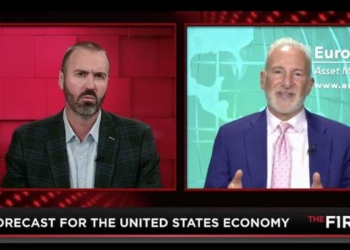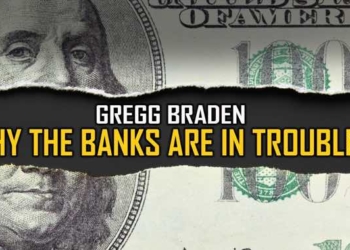
Historically, car insurance rates are not tied to the economy. Even during the last recession, the number of people who insured their cars stayed relatively constant. However, the COVID-19 crisis was unlike any other and caused structural changes to the market. In the early stages of the pandemic, McKinsey released a report that anticipated the impact of the coronavirus on the insurance market and suggested that the mobility trends started by remote work would cause people to drive less or postpone driving a car. As a result, car insurance rates could plummet.
According to the latest data, their predictions were accurate. A 2021 report revealed that US insurance rates dropped for the first time in over a decade. Based on a database of over 15 million quotes, the report found that rates dropped by 1.7%, bringing the average cost for car insurance to around $1,630. In several states, however, rates dropped by much more. For example, in Arkansas they dropped by 4.8%, in Ohio by 4.3%, and in Michigan by 4.3%. The only states where auto rates increased were New York and Indiana.
Why were insurance rates lower in 2020?
2020 was a complicated year that affected just about every area of the economy. And although the auto insurance market was robust and shouldn’t have been influenced too much by the economy, we mustn’t forget that the pandemic also affected personal and lifestyle habits.
More specifically drove much less compared to 2019. During the lockdown, the number of cars on the streets dropped considerably, which led to less traffic and, therefore, fewer traffic violations and accidents. Traffic violations are perhaps the most important factor behind auto insurance rates. For example, in North Carolina, violating traffic laws will increase car insurance by a whopping 225%, compared to just 55% in Florida. On average, a minor traffic violation, such as ignoring a stop sign, will raise your insurance by 28%, but something more serious, such as DUI, will raise it by 157%.
But, despite the fact that rates have dropped, experts say that they by rebound this year. While some companies have implemented long-term remote work schedules, most people will get back to working in offices, and traffic is expected to resume. Here are a few tips you can follow to reduce your auto insurance rates and maximize your savings.
How to reduce the cost of car insurance
Is the cost of car insurance getting in the way of your finances? Here’s how you can reduce it:
Choose month to month car insurance.
Most drivers have gotten so used to paying for insurance in one lump sum every three, six, or twelve months that they assume this is the only option. But it’s not. You can also choose month to month car insurance, which, as the name suggests, means that you pay for insurance in small installments every month. This way, the cost is more manageable, and you won’t have to stress about a bigger sum at the end of the year. The average monthly premium for minimum coverage ranges from state to state, but it’s generally pretty affordable. For example, in Nebraska you can pay as little as $27/month. Plus, the month-to-month plan is more flexible, and if you’re not happy with the insurer, you can simply back out at the end of the month. However, you should also keep in mind that this payment option isn’t for everyone. For example, if you miss a payment, even by one day, the contract might be terminated prematurely. Or, because the insurance provider knows that you can leave any month without penalties, they set higher premiums.
Opt for minimum coverage
Downgrading your auto insurance plan to minimum coverage can reduce rates by up to 155%. That’s quite a bargain, but before you contact your insurance provider, take a minute to go over your requirements. If you barely ever drive your car and you just use it to go to the supermarket every once in a while, then yes, it doesn’t make sense to pay a lot of money for something that you don’t use. However, if you do drive a lot in a busy, take many road trips, or you couldn’t live without add-ons such as roadside assistance, vanishing deductibles, or rental car reimbursement, then you should probably stick with what you already have. Remember that your requirements might change in between contracts depending on several factors.
Improve your credit score
A good credit score is something to strive towards in life. The better your credit score is, the easier it will be to get approval for rentals and loans, and you can make contracts without security deposits. But that’s not all. A good credit score can reduce your auto insurance rates by up to 70%, so it’s worth looking into some strategies to improve it: pay your bills on time, pay off debt, and keep your number of credit accounts to a minimum. However, take into account that if you have an extremely low credit score, improving it will be an uphill struggle, and there are no shortcuts. For example, when you pay off a late payment won’t immediately improve your score. That kind of negative information stays on your record for up to seven years, so don’t expect lower rates overnight.
Compare quotes
One of the biggest mistakes drivers make is that they chose one auto insurance plan a long time ago and then kept on renewing that contract out of habit, without checking if there aren’t better options out there. Comparing insurance options is no longer a hassle. You no longer have to go to every insurance provider in person to ask for a personalized quote. All you need to do is use comparison platforms, which give you a rundown of the best insurance options, so that you can make an informed decision. If you haven’t changed your insurance provider in ages, give it a try. The savings might be bigger than you think.














